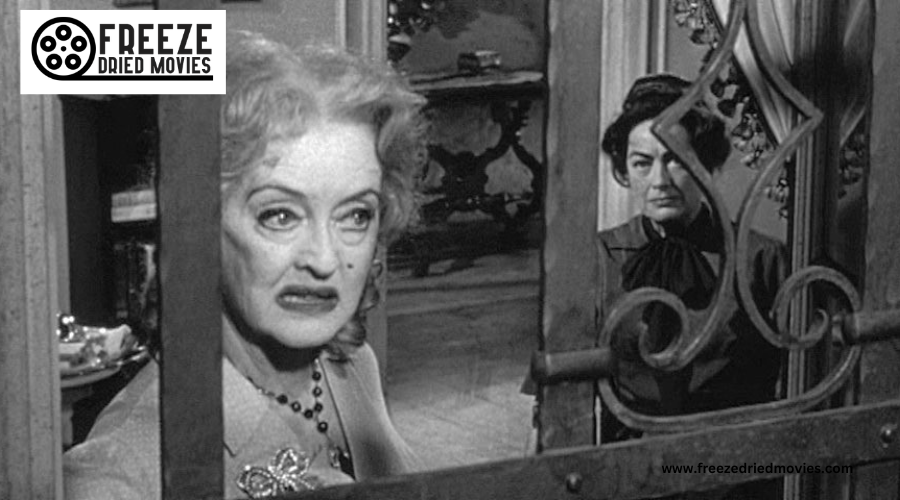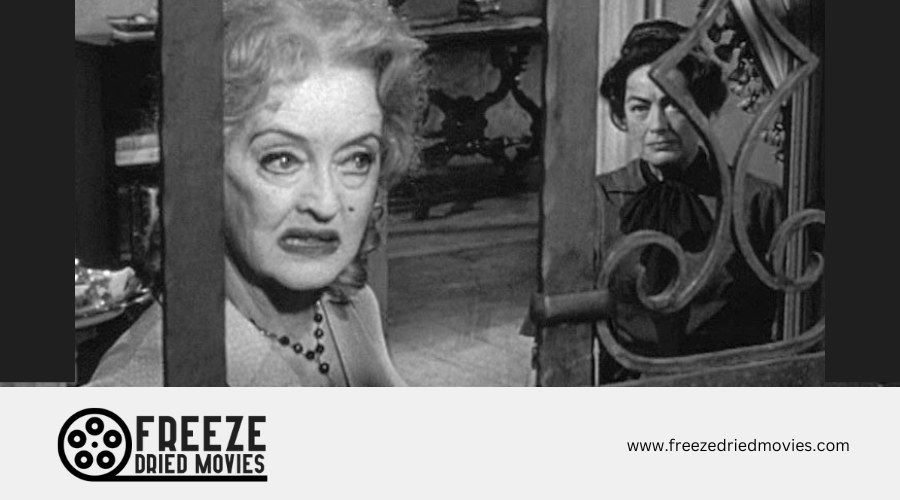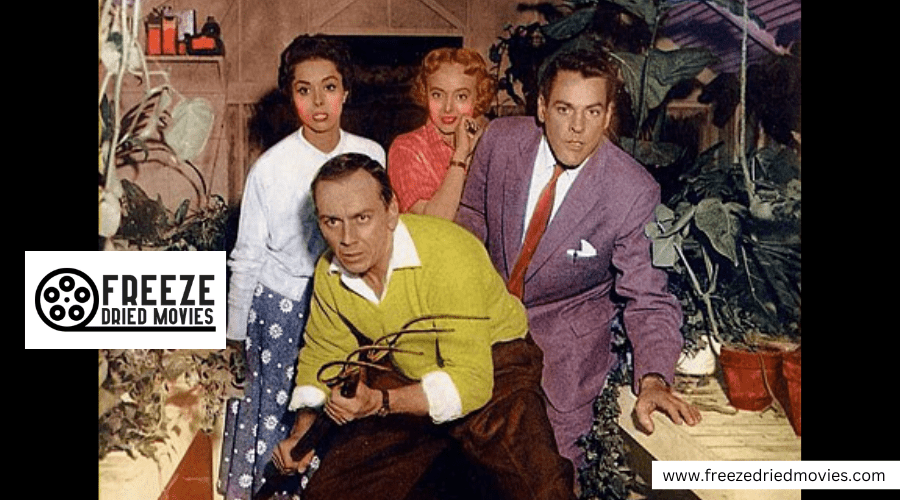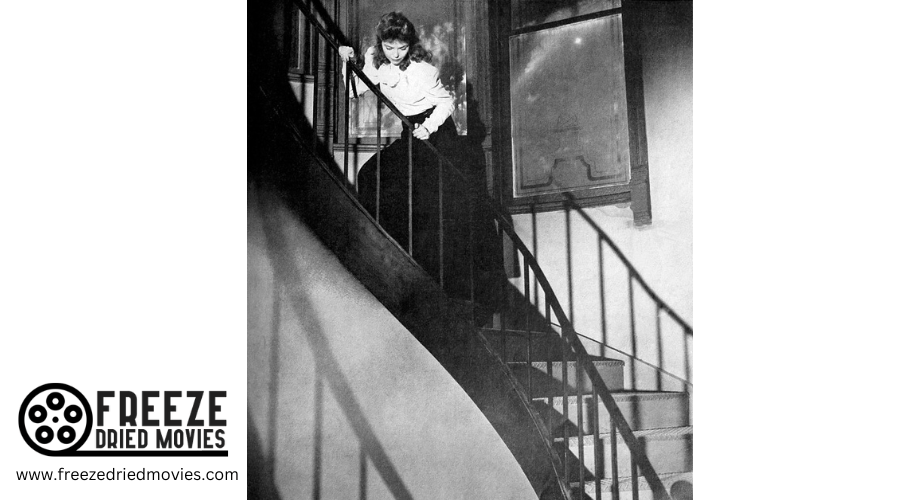The Evolution of Horror Special Effects in the 1960s
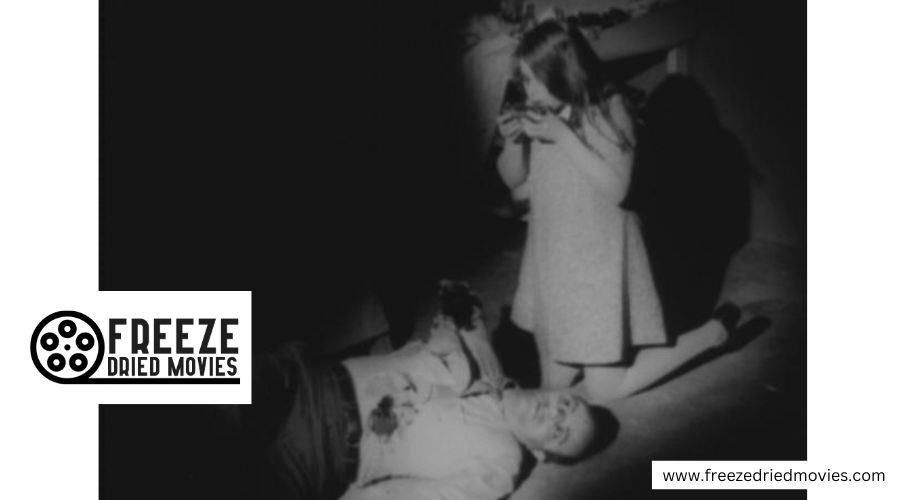
The 1960s revolutionized horror cinema through revolutionary practical effects and innovative techniques. You'll find pioneering work from maverick directors who turned budget constraints into creative gold, from Herschell Gordon Lewis's trailblazing gore in Blood Feast to George Romero's gritty zombie makeup in Night of the Living Dead. The decade's inventive use of sound design, practical effects, and atmospheric camera work laid the foundation for modern horror's most spine-chilling moments. The secrets behind these legendary innovations will redefine how you see classic horror forever.
The Rise of Practical Makeup Effects and Gore
The 1960s marked a crucial period for horror cinema, as filmmakers began experimenting with increasingly graphic and sophisticated practical effects. You can trace this evolution back to Herschell Gordon Lewis's Blood Feast in 1963, which shocked audiences with its unparalleled display of gore and visceral kills.
This innovative film paved the way for future horror pioneers like Tom Savini, whose work on Dawn of the Dead and Friday the 13th would redefine practical effects. The advancement continued with Rob Bottin's creature transformations in The Thing, The Exorcist's blend of stop-motion and makeup effects, and An American Werewolf in London's revolutionary werewolf metamorphosis sequences.
Each of these milestones pushed the boundaries of what practical effects could achieve, forever altering how audiences experience horror on screen. Following the groundbreaking traditions of The Man of a Thousand Faces, these developments in practical effects demonstrated how creativity and hands-on expertise could transform actors into terrifying creatures of the night.
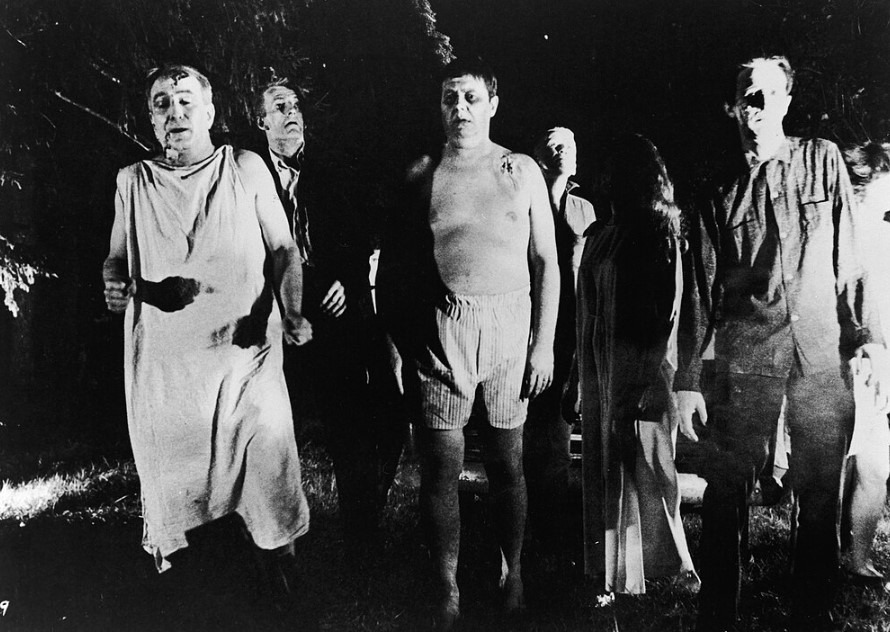
Pioneering Camera Techniques and Visual Illusions
While practical effects altered horror's visceral impact, innovative camera techniques during the 1960s revolutionized how filmmakers created psychological terror. You'll notice this evolution in films like Psycho, where Hitchcock's commanding "oner" shots transformed the genre's visual language.
The variety of special effects expanded as directors embraced new methods to unsettle audiences - from the split-screen and double exposure techniques in The Innocents to the unsettling canted angles in Night of the Living Dead.
Low-budget horror films like Blood Feast proved you didn't need a monster on screen to terrify viewers; handheld cameras and jarring edits could deliver raw intensity.
Movies like Carnival of Souls and The Birds pushed these boundaries further, combining disorienting camera work with pioneering visual effects to create psychological horror that still influences filmmakers today.
Bernard Herrmann's iconic score in Psycho demonstrated how strategic sound design could heighten visual terror and permanently changed how horror films approached musical accompaniment.
Sound Design and the Art of Atmospheric Terror
Beyond innovative camera work, sound design emerged as a powerful force in 1960s horror, reshaping how audiences experienced fear on screen. Unlike Universal monster movies of earlier decades, these new psychological horror films harnessed sound to create visceral terror.
You'll notice this evolution through:
- Psycho's piercing violin score, which forever changed how onscreen violence could be amplified through music
- The Birds' expert use of avian sounds and strategic silence, creating artificial tension
- Carnival of Souls' dissonant organ music and echoing footsteps, elevating ghost stories beyond traditional black and white photography
- Night of the Living Dead's bold choice to forgo music, forcing viewers to confront unsettling ambient noises
This perpetual rerunning of practical effects through sound became a cornerstone of horror films, proving that what you hear can be as terrifying as what you see.
Bernard Herrmann's score in Psycho became particularly influential, establishing a new standard for psychological horror soundtracks that would echo through decades of cinema.
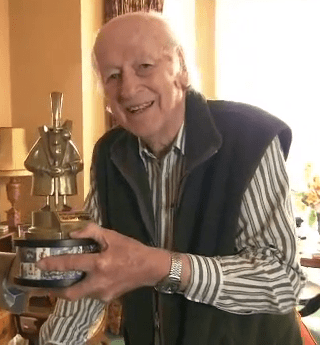
Stop-Motion Animation in Horror Cinema
Experts of stop-motion animation reconfigured horror cinema during the 1960s, bringing nightmarish creatures to life one frame at a time. Following the groundwork laid by pioneers like Georges Méliès and Val Lewton, authorities Willis O'Brien and Ray Harryhausen transformed the horror genre through their innovative techniques.
Their influence is most significantly seen in elaborate creature features, where Harryhausen's Dynamation process merged stop-motion with live action. The skeleton warriors in Jason and the Argonauts showcased the medium's potential for horror, creating supernatural movements that'd influence everything from Night of The Living Dead to modern slasher genre films.
While science fiction monsters dominated the era's movie screens, it's the ghostly quality of stop-motion that gave these creatures their lasting impact. Today, though CGI prevails, studios like Laika continue this haunting tradition.
Mechanical Props and Physical Effects
Three major innovations defined mechanical props and physical effects in 1960s horror: stage blood, animatronic creatures, and atmospheric lighting techniques. You'll find that even with low budgets, filmmakers created lasting impressions through practical effects that still influence horror today.
Blood Feast shocked audiences with Herschell Gordon Lewis' pioneering makeup effects and dismemberment scenes. The Birds mastered mechanical manipulation using puppet birds controlled by fishing wire and compressed air. The Innocents crafted its supernatural atmosphere through strategic lighting and sound design. Carnival of Souls proved that creative location choices could enhance practical effects.
Hammer Horror films brought these elements together, combining gothic sets with elaborate makeup effects and stage blood to create their signature style that defined 1960s horror cinema.
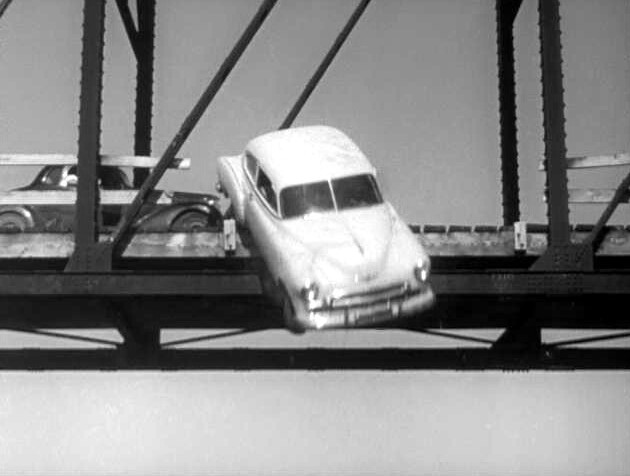
Lighting Innovations and Shadow Play
Creative lighting techniques emerged as a defining force in 1960s horror cinema, altering simple sets into haunting environments that magnified psychological terror. You'll find expert examples in films like Carnival of Souls, where dramatic lighting and shadow play created an ominous atmosphere that kept viewers on edge.
Even with limited resources, low-budget productions turned technical constraints into artistic advantages. The Birds showcased how innovative lighting could build suspense, while Psycho's shower scene demonstrated how carefully orchestrated shadows could intensify violence without showing explicit gore. You'll notice Hammer Films' distinct visual style relied heavily on moody lighting to establish their gothic brand. These techniques didn't just mask budget limitations - they reshaped ordinary scenes into unsettling sequences that continue to influence horror filmmaking today.
The Marriage of Miniatures and Forced Perspective
Throughout the 1960s, horror filmmakers revolutionized special effects by combining miniature sets with forced viewpoint techniques, creating convincing illusions of massive scale and supernatural phenomena. You'll find the most ingenious examples in films that defined the era, where scale models and optical effects merged seamlessly with live action.
The era's groundbreaking achievements include:
- Hitchcock's expert use of forced perspective in Psycho's shower scene, making the killer appear more menacing
- The Birds' intricate miniature sets combined with forced perspective to create city-wide terror
- Hammer Horror's scale models and optical effects in films like Dracula: Prince of Darkness
- Carnival of Souls' dreamlike atmosphere achieved through miniatures and matte paintings
These techniques, along with stop-motion animation pioneered by artists like Ray Harryhausen, transformed horror cinema forever.
Special Effects on a Shoestring Budget
While major studios enthralled audiences with elaborate miniatures and compelled point of view, independent filmmakers of the 1960s proved that ingenuity could triumph over big budgets.
You'll find this incredibly influential horror film era defined by maverick directors who dared to challenge social norms with limited resources. Carnival of Souls created an ambiguous spectral presence through atmospheric mise en scène, a technique that would later inspire films like Paranormal Activity.
Roger Corman's ingenious use of chicken wire and papier-mâché in The Wasp Woman demonstrates a delicious sense of irony - that horror films didn't need expensive effects to mesmerize audiences. From Herschell Gordon Lewis's pioneering splatter effects in Blood Feast to George Romero's gritty zombie makeup in Night of the Living Dead, these low budgets outside the studio system forced filmmakers to be more daring in a world that might've seem condemned to perpetual big-budget dominance.
National Science and Media Museum, Ray Harryhausen with a Lifetime Achievement Award, 2010, CC BY 3.0

